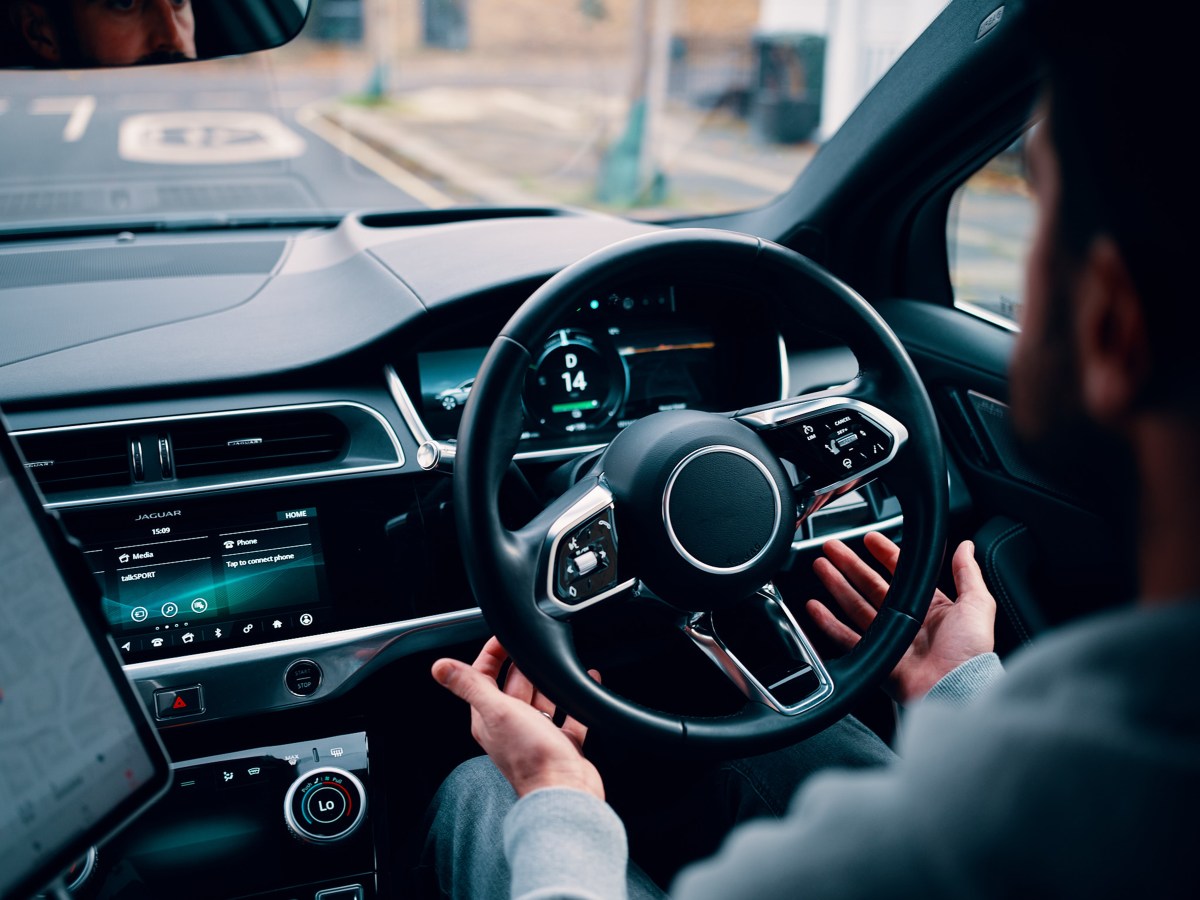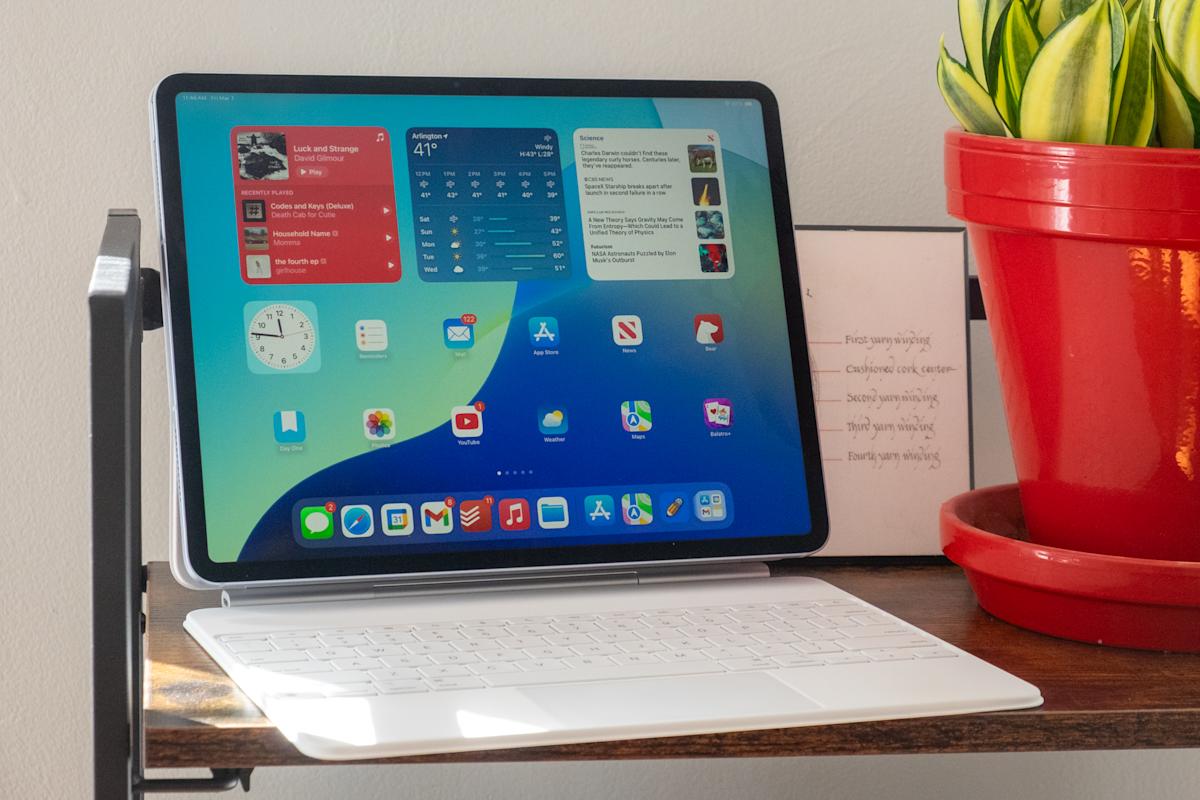Nissan has announced plans to integrate self-driving software from Wayve into its advanced driver assistance system, starting in 2027. This significant deal marks a major milestone for the UK-based startup, which has secured over $1.3 billion in funding from prominent investors including Nvidia, Microsoft, SoftBank Group, and Uber.
The Japanese automaker will incorporate Wayve’s software, along with various sensors such as lidar from an undisclosed supplier, into its ProPilot ADAS system. According to Nissan, this integration will set a new standard for autonomous driving, featuring advanced collision avoidance capabilities.
The system, slated for mass production by 2027, will operate at a Level 2 autonomy level, requiring driver supervision. Although Nissan has not disclosed which models will feature this system, it has confirmed that it will enable the automation of multiple driving tasks, including steering and braking. As defined by the Society of Automotive Engineers, Level 2 autonomy means that the system can perform various driving functions but still necessitates a driver’s constant attention and control.
Wayve, founded in 2017, has garnered significant attention and investment for its innovative automated driving system, which employs a self-learning approach rather than a rules-based one, similar to Tesla’s methodology. The company has developed an end-to-end data-driven learning approach for both “eyes on” assisted driving and “eyes off” fully automated driving systems.
Unlike Tesla, Wayve intends to sell its “Embodied AI” technology to automakers and other tech companies, providing them with a flexible and adaptable solution for autonomous driving.
Wayve’s self-learning approach is particularly appealing to automakers because it does not rely on specific sensors or high-definition maps. This means that the system can seamlessly integrate with existing sensors, such as cameras and radar, making it a more versatile and cost-effective solution. The automated driving software captures data from these sensors, using it to inform the driving decisions of the system.
Furthermore, while Wayve’s development fleet utilizes Nvidia’s Orin system-on-chip, the company’s co-founder and CEO, Alex Kendall, has stated that the software can run on any GPU that its OEM partners already have in their vehicles, providing greater flexibility and compatibility.
The benefits of Wayve’s approach include software that is both cost-effective and adaptable for use in advanced driver-assistance systems, robotaxis, and even robotics, as highlighted by Kendall during Nvidia’s GTC conference last month.
According to Nissan spokesperson Shiro Nagai, Wayve’s Embodied AI foundation model, a large-scale end-to-end AI trained on vast amounts of real-world driving data, enables the software to adapt to different environments and vehicle platforms. This allows for a more nuanced and human-like driving experience.
As Nagai noted, “Leveraging Nissan’s technology and Wayve’s AI, we are confident that it will enable future Nissan vehicles to closely replicate the judgment and actions of a careful and competent human driver in complex driving scenarios.”
Source Link





